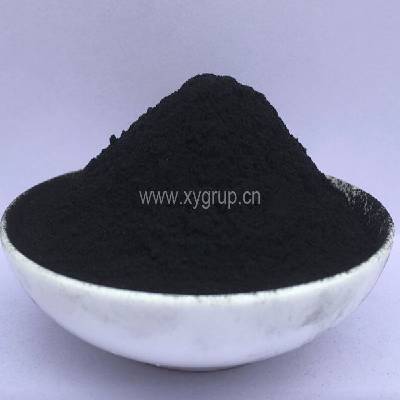1. Activated Carbon treatment is an advanced treatment process, and it is usually only considered when the wastewater is treated by other conventional processes and the individual water quality indicators of the effluent still cannot meet the discharge requirements.
2. Before determining the selection of the activated carbon process, the effluent from the pre-treatment process or water samples with similar water quality should be taken for a carbon column test, and activated carbon of different brands and specifications should be screened, and then the main design parameters, such as water filtration, should be obtained through the test. Speed, effluent quality, saturation cycle, shortest backwash cycle, etc.
3. Activated carbon process inlet water should generally be filtered first to prevent the surface of the carbon layer from clogging due to more suspended solids. At the same time, the concentration of influent organic matter should not be too high to avoid excessive saturation of activated carbon, so as to ensure a reasonable regeneration cycle and operating cost.

Powdered Activated Carbon
4. For reclaimed water treatment or treatment processes where the concentration of certain excessive pollutants often changes, the Granular Activated Carbon treatment unit should be equipped with a span or bypass pipe. When the incoming water from the current process does not exceed the standard for a period of time, it can be stopped in time Activated carbon unit, which can save the adsorption capacity of the activated carbon bed and effectively extend the regeneration or replacement cycle.
5. When using a fixed bed, consider designing a spare pool or carbon tower based on the activated carbon regeneration or replacement cycle. The mobile bed should also be considered for standby when necessary.
6. Since the contact between activated carbon and ordinary steel will cause serious electrochemical corrosion, the reinforced concrete structure or stainless steel, plastic and other materials should be considered first when designing the activated carbon treatment device. If ordinary carbon steel is used, the inner surface of the device must be lined with epoxy resin, and the thickness of the lining should be greater than 1.5 mm.
7. When using Powdered Activated Carbon, fire and explosion prevention must be considered, and the electrical equipment used must also meet explosion-proof requirements.
Copyright:@2020-2021
Comments Please sign in or sign up to post.
0
0 of 500 characters used